Why Your Website Isn’t Converting – and How to Fix It in 48 Hours
.webp)
The notification sound chimes again. Another analytics alert showing healthy traffic numbers, but the same disappointing reality: visitors arrive, glance around for twenty seconds, then vanish without a trace. For many small business owners, this scenario plays out daily across South Africa, where companies invest heavily in driving traffic while conversion rates stubbornly hover below 2%.
Locals are not the only ones facing this challenge. Recent studies show that businesses worldwide lose approximately 68% of potential customers due to poorly designed conversion paths. In South Africa's competitive digital market, where small businesses compete against both local rivals and international brands, these missed opportunities can mean the difference between growth and standstill.
The Real Cost of Poor Conversion
The mathematics are sobering. A business receiving 1,000 monthly website visitors with a 1.5% conversion rate captures just 15 potential customers. Improving that rate to even 3% doubles their lead generation without spending another rand on advertising. Yet most business owners remain focused solely on traffic generation, missing the fundamental truth that conversion optimisation often delivers better returns than increased advertising spend.
South African businesses face unique conversion challenges. Limited bandwidth affects loading speeds, mobile-first browsing dominates user behaviour, and local consumers expect immediate clarity about services and pricing. These factors compound traditional conversion killers like unclear messaging and complicated contact processes.
The 48-Hour Conversion Audit Framework
Professional conversion audits typically take weeks and cost thousands. However, addressing five critical areas within 48 hours can deliver immediate improvements that transform your website's performance.
Hour 1-8: Headline Clarity Assessment
Your headline serves as the digital equivalent of a shop window. Visitors decide within seconds whether your website offers what they seek. The eight-word rule provides a practical benchmark: if you cannot explain your core service in eight words or less, your message lacks clarity.
Test your current headline by asking three people unfamiliar with your business to read it and immediately explain what you do. If they hesitate or provide vague answers, revision becomes urgent. Effective headlines combine what you do with the primary benefit customers receive.
Hour 9-16: Mobile Responsiveness Reality Check
With mobile traffic representing over 60% of South African web usage, mobile-unfriendly websites effectively exclude the majority of potential customers. This audit requires testing your website across multiple devices and screen sizes.
Navigate through your entire customer journey on a smartphone. Can visitors easily read text without zooming? Do buttons respond properly to touch? Does the contact form function smoothly? Document every friction point discovered during this process.
Hour 17-24: Page Speed Analysis
Three seconds represents the critical threshold for page loading times. Beyond this point, abandonment rates increase exponentially. South African internet infrastructure makes speed optimisation particularly crucial, as even slight delays frustrate users accustomed to faster connections elsewhere.
Tools like GTmetrix provide detailed analysis of loading performance, identifying specific elements causing delays. Common culprits include oversized images, excessive plugins, and uncompressed files. Many speed improvements require minimal technical knowledge but deliver substantial user experience enhancements.
Hour 25-32: Contact Form Simplification
Every additional form field reduces completion rates by approximately 11%. Yet businesses routinely request extensive information from visitors who haven't yet decided to engage. The three-field maximum rule (typically name, email, and message) removes barriers whilst capturing essential contact details.
Review your current forms and eliminate non-essential fields. Questions about budget, timeline, and specific requirements belong in follow-up conversations, not initial contact forms. The goal involves making engagement as effortless as possible.
Hour 33-40: Social Proof Integration
Visitors seek reassurance that others have successfully used your services. Social proof above the fold - testimonials, client logos, or case study summaries visible without scrolling - builds immediate credibility.
Select your strongest testimonials and position them prominently on key pages. Include client names and companies where possible, as specific attribution carries more weight than anonymous reviews. Even simple statements like "Trusted by 50+ South African businesses" provide valuable reassurance.
Implementation Strategy and Tools
Success requires systematic execution rather than random improvements. Begin with speed testing using GTmetrix, which provides specific recommendations for technical improvements. For user behaviour analysis, Hotjar reveals exactly how visitors interact with your website, highlighting problem areas through heatmaps and session recordings.
Create a simple spreadsheet tracking each element's current state and planned improvements. This documentation ensures nothing gets overlooked and provides baseline measurements for tracking progress.
Measuring Success
Conversion rate improvements of 15-25% typically emerge within two weeks when businesses implement this framework consistently. However, measurement requires proper tracking setup. Google Analytics provides basic conversion tracking, whilst more sophisticated tools offer detailed user journey analysis.
Establish baseline measurements before implementing changes, then monitor weekly progress. Focus on overall conversion rates rather than individual page metrics, as the cumulative effect across all touchpoints determines final results.
The Path Forward
Website conversion represents an ongoing process rather than a one-time fix. However, this 48-hour audit addresses the most common barriers preventing visitor engagement. Many business owners discover that small, focused changes deliver disproportionate improvements compared to expensive redesigns or increased advertising spending.
The digital landscape rewards businesses that make engagement effortless for potential customers. By addressing these five critical areas systematically, you transform your website from a digital brochure into an active sales tool that works around the clock.
Ready to transform your website's conversion performance? Reach out to us today and let's see how we can get your website converting.
Read Similar Success Stories
Discover how other businesses have transformed their marketing challenges into growth opportunities through strategic partnerships with us.
Ready to stop struggling with your marketing?
Book a 20-minute call today and discover how clear communication can transform your business.



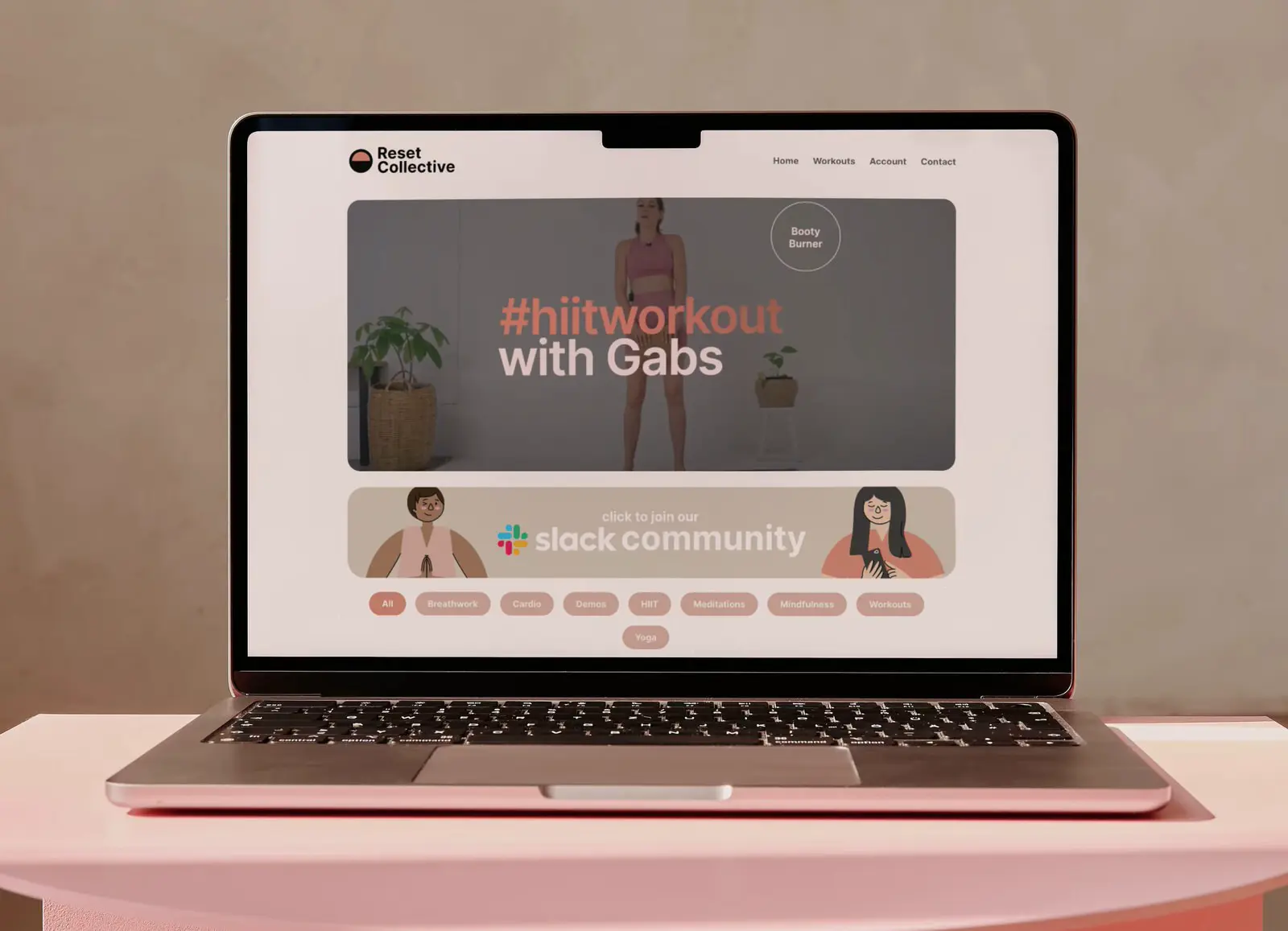



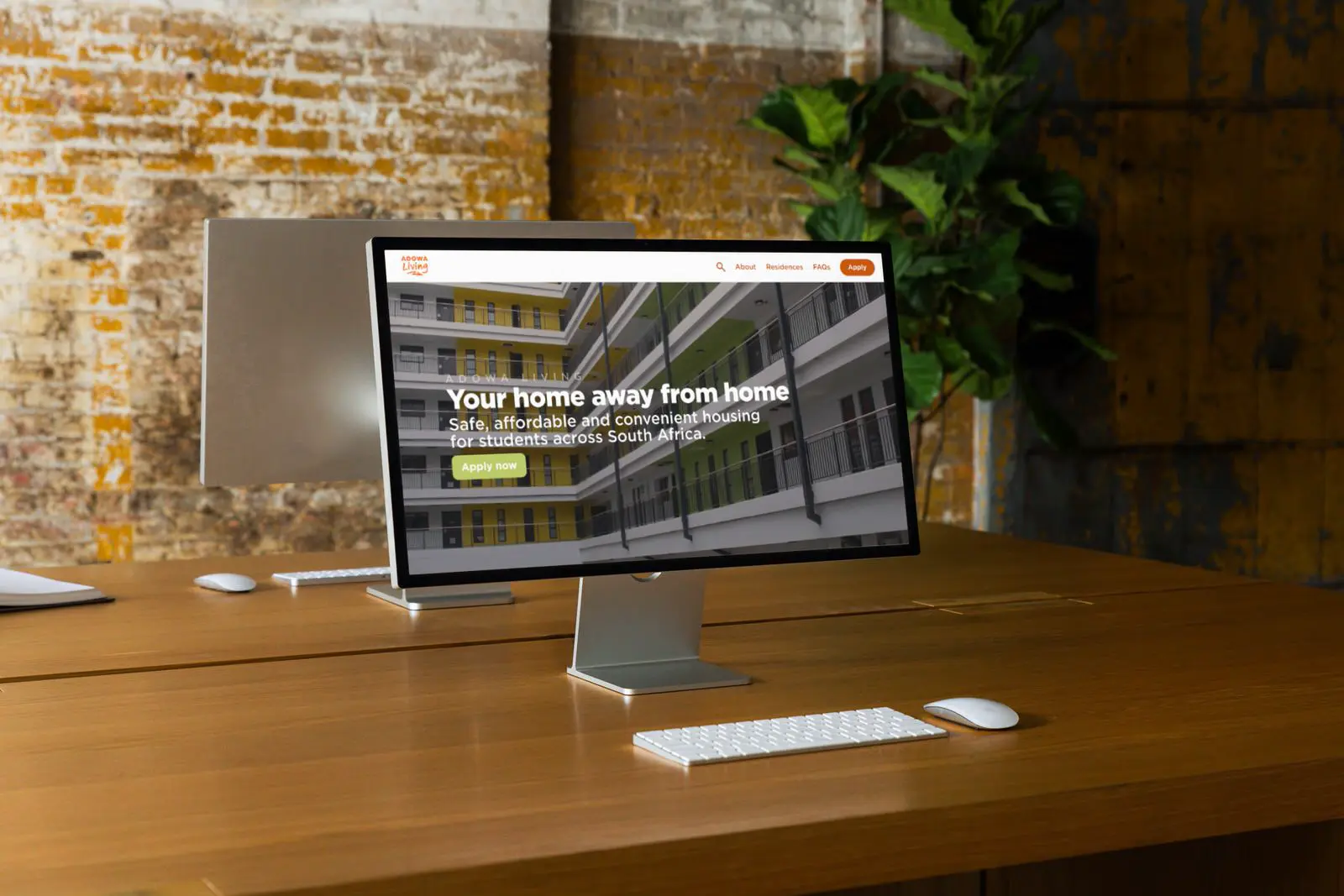

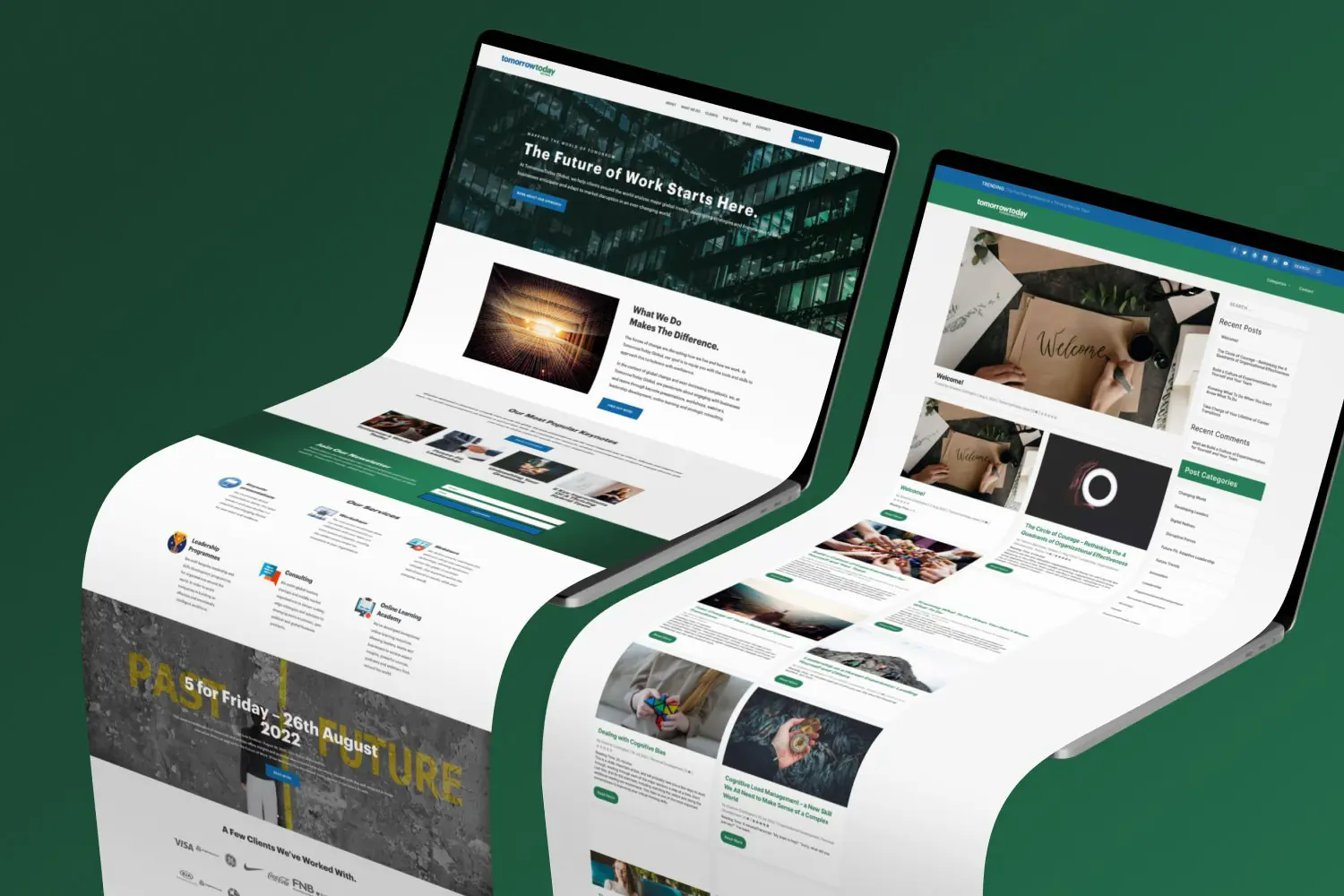

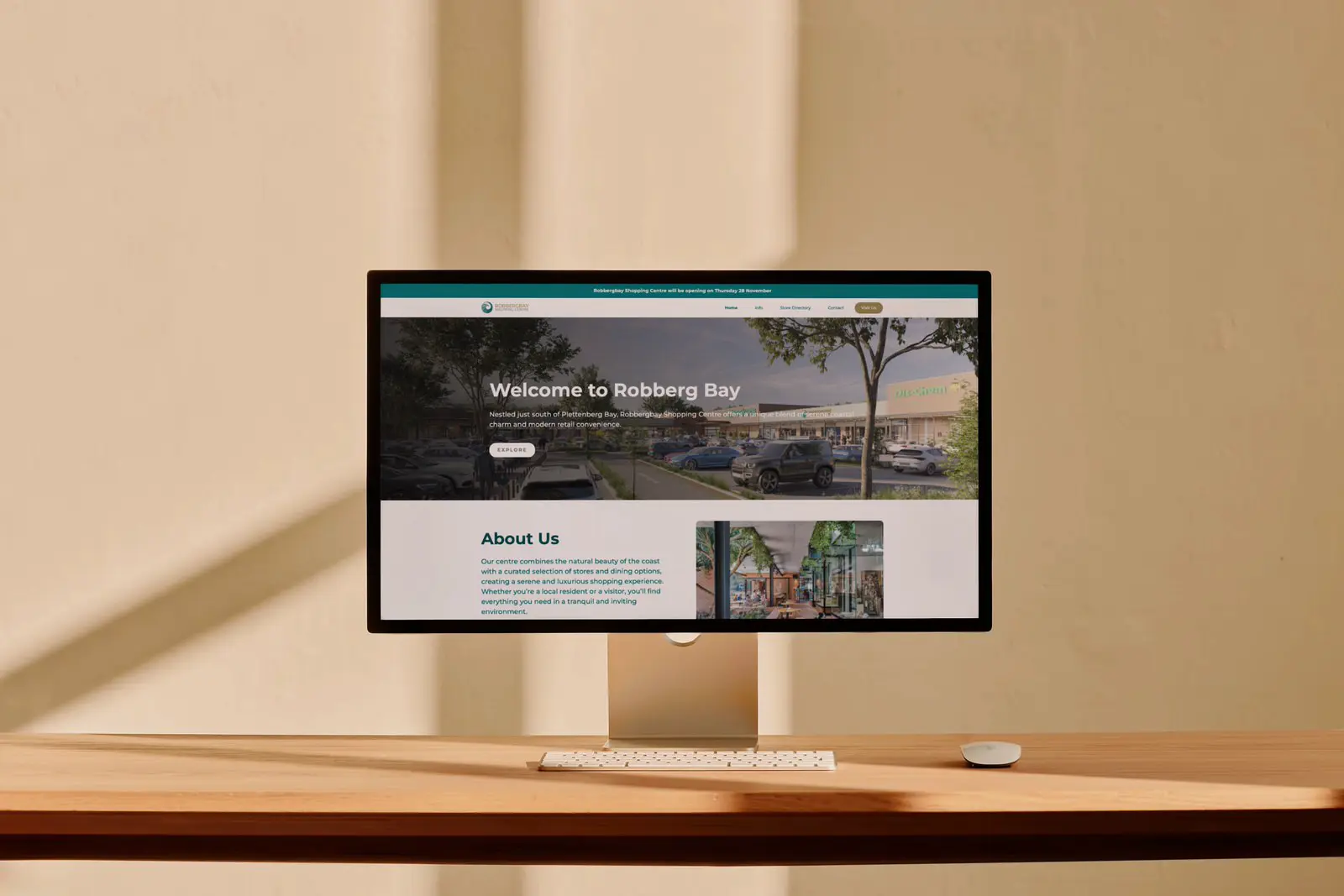



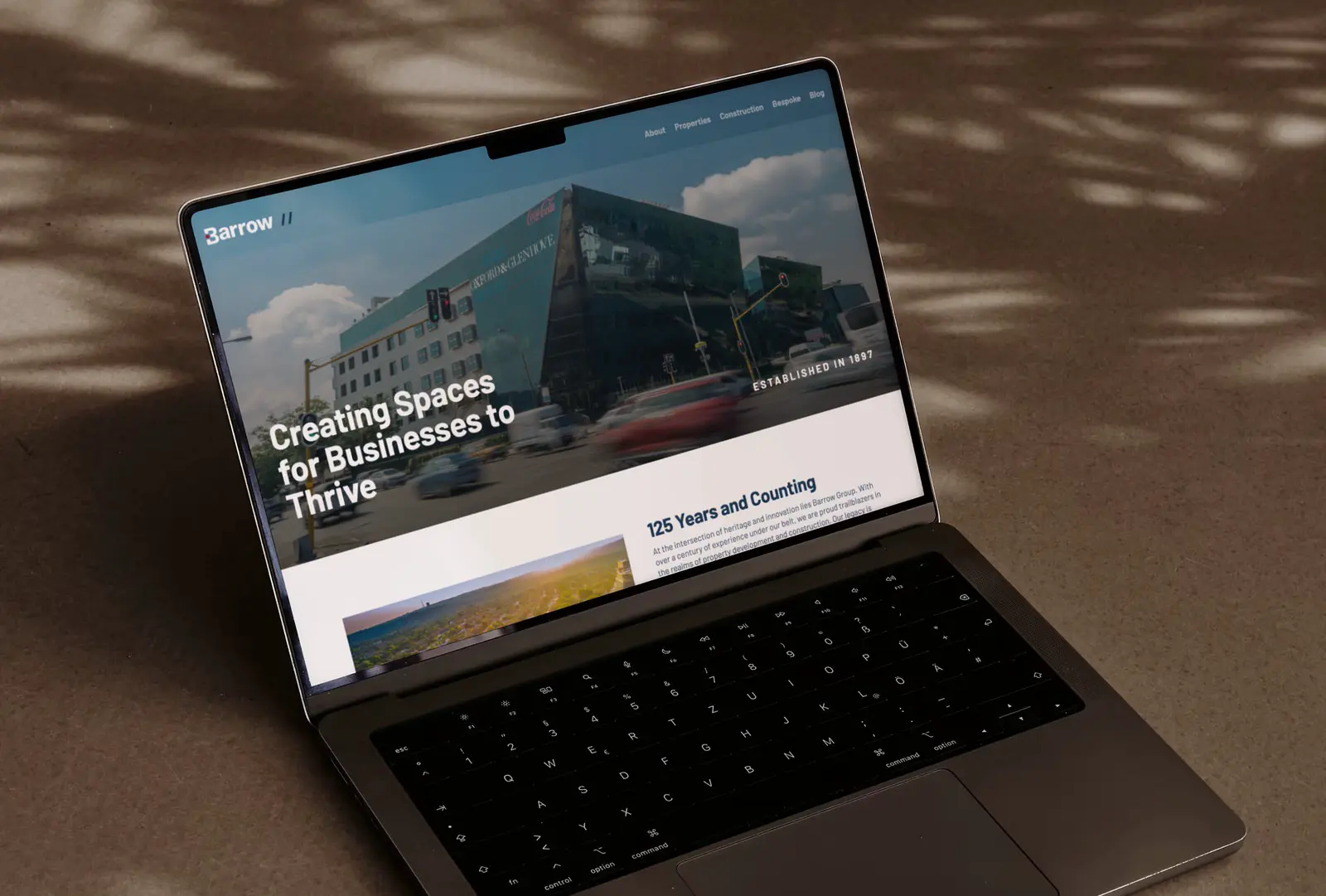



.webp)